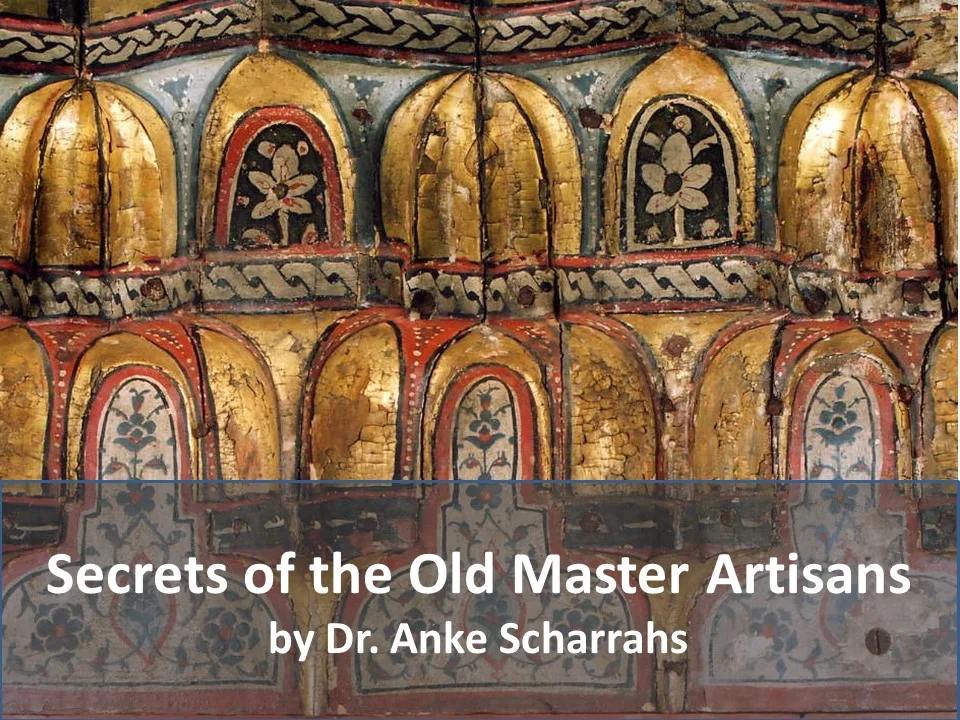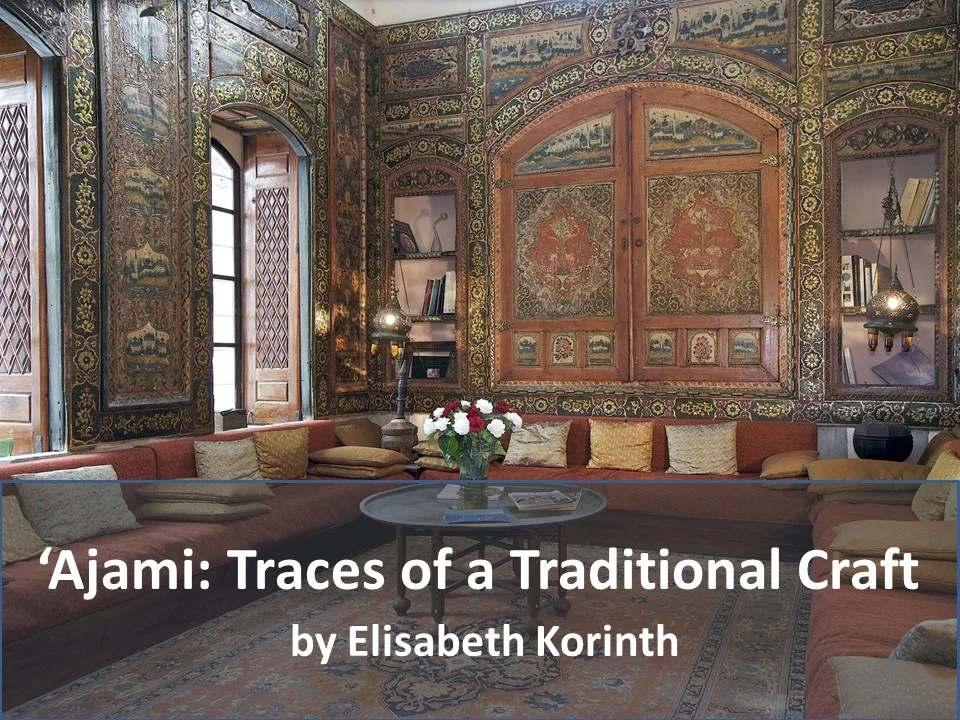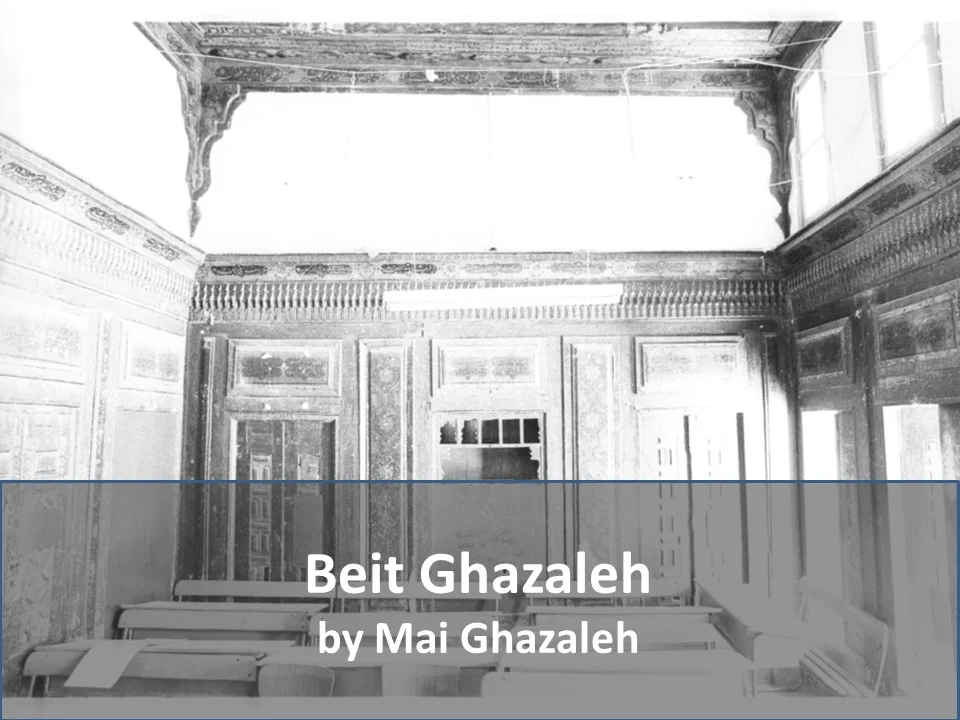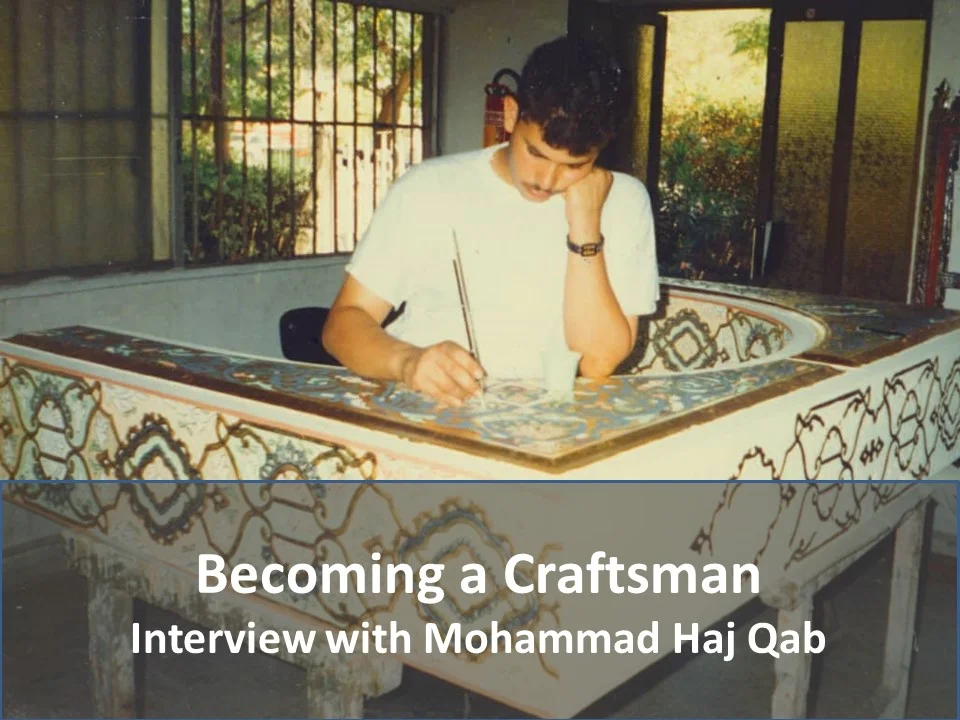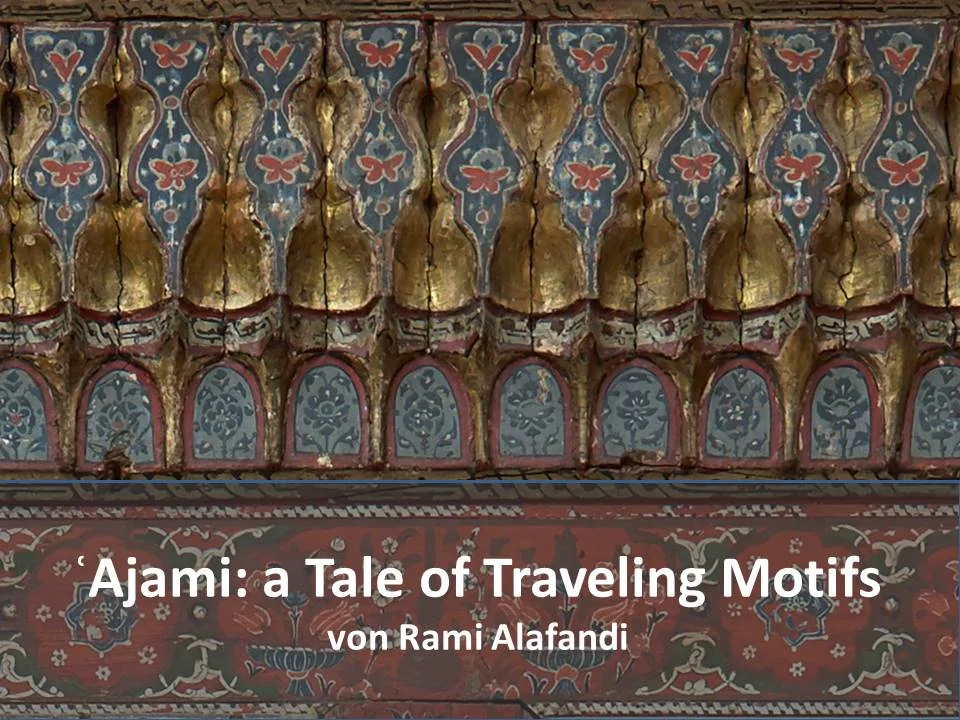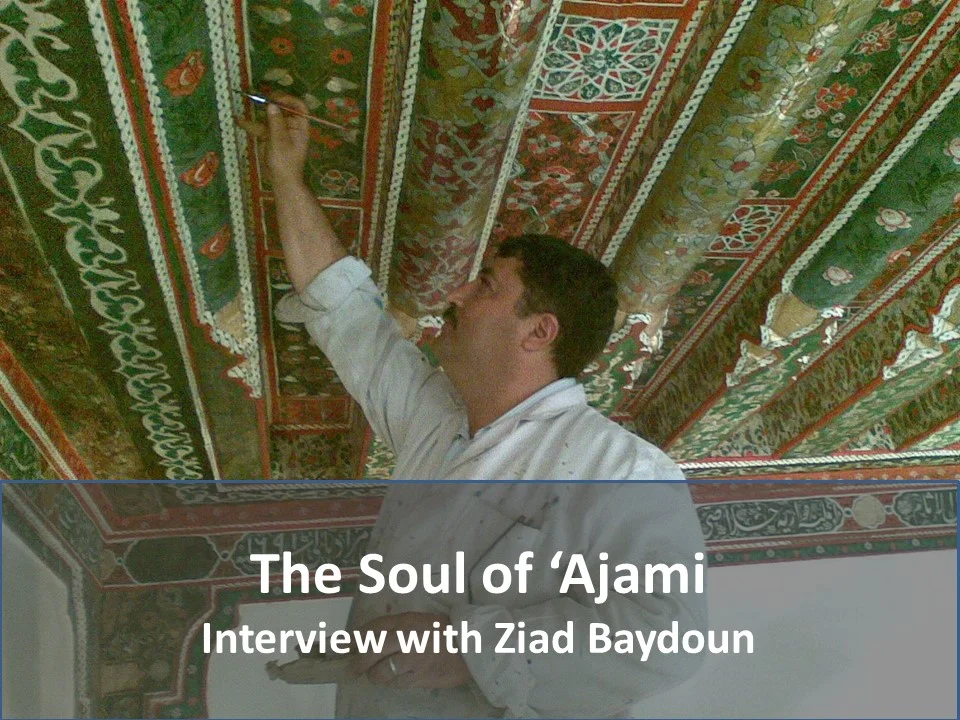by Prof. Stefan Weber
It’s difficult to explain what it feels like when you´ve been walking through the old cities of Damascus and Aleppo for hours in a dry heat, heavily loaded with a camera, tripod and cadastral plans, and your eyes and legs are already tired. When you’ve been looking for special architecture for months and still cannot stop for the joy of discovery. When you’ve been knocking on numerous doors on the off-chance and saying the same standard line, “I’m a German researcher on architecture in the old city and would like to view your house. Would it be possible …”. Then when, after a moment of silence, the words, “One moment please,” are spoken, followed by bustling activity in the courtyard. Then anticipation wells up. Then, when the door opens and you go through a dark corridor into a green inner courtyard, which suddenly opens into a small paradise. Oranges, jasmine, a fountain and, very often, wonderfully designed facades.
I admit that my recollection is somewhat prettified. Hundreds of times the houses were partitioned, the fountains out of commission, the courtyard garden no longer a paradise. Yet Syria surprised me time and time again with beautiful, traditional residential structures and a wonderfully decorated reception room.
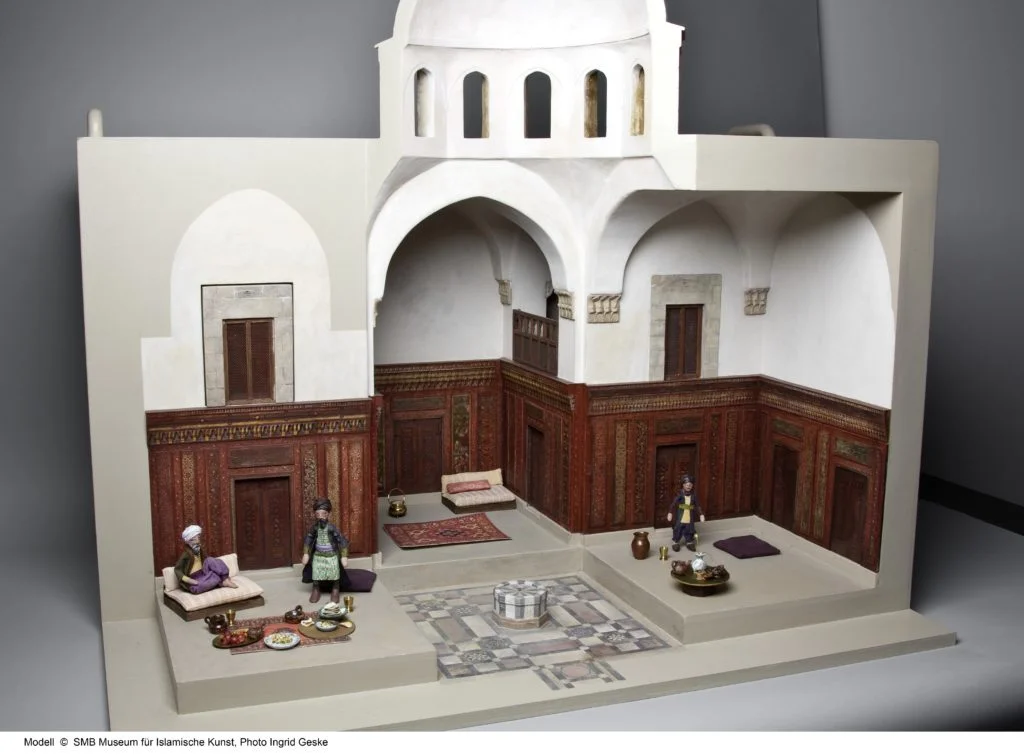
Model of the original setting of the reception room of the Aleppo Room
© Museum für Islamische Kunst der Staatlichen Museen zu Berlin – Preußischer Kulturbesitz, Photo: Georg Niedermeiser
Almost every house in Syria had such a room for visitors – in the houses of wealthy merchants this was splendidly designed. In the mornings this was where the owner met up with his business partners, while in the evenings things were more amusing here with domestic music and likewise many visitors. The way the rooms were organised, together with the lighting, water sounds and the scents from the inner courtyard, resulted in an incredible feast for the senses. The reception room and the other living quarters are grouped around an inner courtyard, typical for pre-modern Syrian houses. From the courtyard guests entered into a square threshold area paved with marble. Before sitting down on low divans they took off their shoes. There was a fountain in the centre of the dome-covered entrance area, whereas the three sitting areas extending from this fountain were laid out with carpet. Light flooded in from the windows facing the courtyard, the windows in the drum and the glazed portholes of the dome.
I was especially fascinated by the ‘Ajami rooms, covered with richly painted wood panelling. The earliest dated wood panelling from Aleppo, and the most valuable in the artistic sense, is the Aleppo room, which is located in the Museum of Islamic Art. It originates from the residential building Bait al-Wakil, which was used as a hotel before the war, and was the wall panelling of the reception hall (Qa’a).

Depiction of a bird of the decorated wooden panels of the Aleppo Room, dated 1601 – 1603 (Museum for Islamic Art, Berlin) 
Drawing of Maria and Jesus on the decorated wooden panels of the Aleppo Room, Museum for Islamic Art, Berlin (1601-1603) 
The Chinese mythical creature Qilin on the decorated wooden panels of the Aleppo Room, Museum for Islamic Art, Berlin (1601-1603)
On entering this room in the 17th century, the visitors were confronted with a superb panorama of floral and figurative themes, poems and aphorisms, which made a show of the cultural education and the financial means of the head of the household. The rich pictorial scheme and the finely calligraphed texts provided ample topics for cultivated amusement in the evenings. Thus, the viewers were entertained by portrayals of wrestlers and jugglers. Magnificent peacocks, birds of paradise, hares, ducks, a bear and other animals bring life to the walls. Mythical creatures such as the mystic Persian bird Simurgh as a phoenix or a winged lion dragon (Ṣannāja) in the form of the Chinese mythical creature Qilin lead visitors into a fantastic animal world.
During my discovery tours as a prospective researcher, I would never have dreamt that one day I would be the ‘boss’, or the curator – in the truest sense of the word – of the Aleppo Room.

